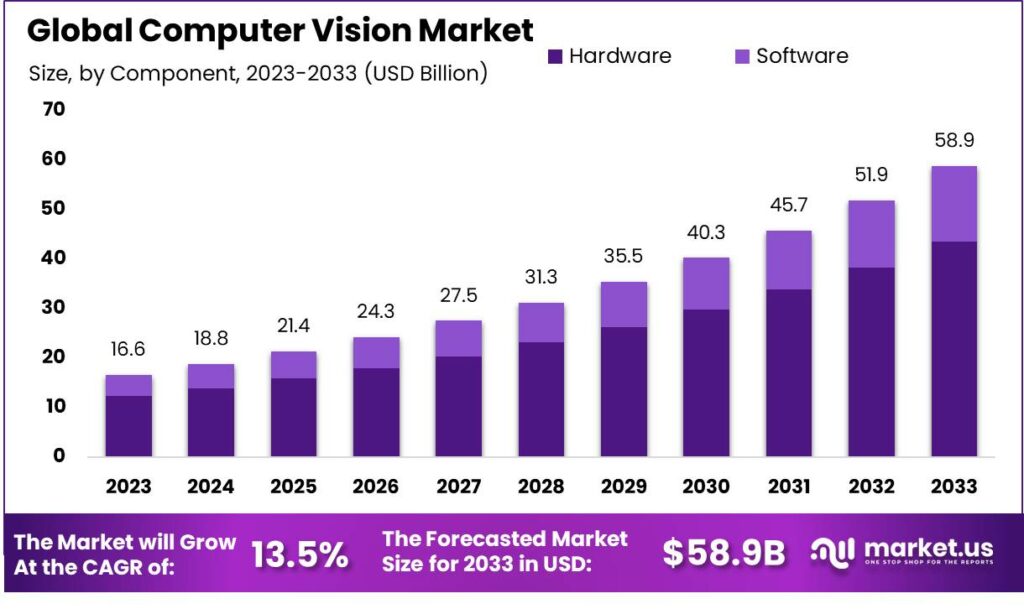Computer vision technology is taking the world by storm, with the global market projected to reach a whopping US$66.61 billion by 2030. This growth is attributed to the fusion of artificial intelligence (AI) and advanced imaging technologies, and is expected to revolutionize numerous sectors like automotive, healthcare, retail, and security.
What’s Happening & Why This Matters
Thanks to advancements in image sensors, cameras, and deep learning methods, computer vision systems can now execute intricate tasks with heightened precision. From facial recognition in smartphones to predictive maintenance in manufacturing, this technology is reshaping industries and making a significant impact.

However, the market expansion is not without its challenges. Quality and quantity of data, high development and implementation costs, scarcity of skilled professionals, and ethical and privacy issues remain of concern. Still, the potential of computer vision is undeniable and is poised to revolutionize numerous sectors, offering enhanced security measures, operational efficiencies, and novel approaches to longstanding issues.
Leading companies in the computer vision market include SenseTime, Megvii, and viso.ai, each contributing to pioneering AI technology. In the healthcare sector, computer vision technology has led to improved diagnostic precision, operational efficiency, and has transformed healthcare delivery, fostering a proactive and patient-centric approach to medical treatment.

TF Summary: What’s Next
In the financial and crypto markets, readers are advised to conduct their own research before making any investment decisions. It’s important to consult with financial experts as Crypto products and NFTs are unregulated and can be highly risky.
As the computer vision market continues to grow and evolve, it’s crucial for industries and professionals to overcome challenges and work towards leveraging the possibilities of visual data interpretation and utilization.


